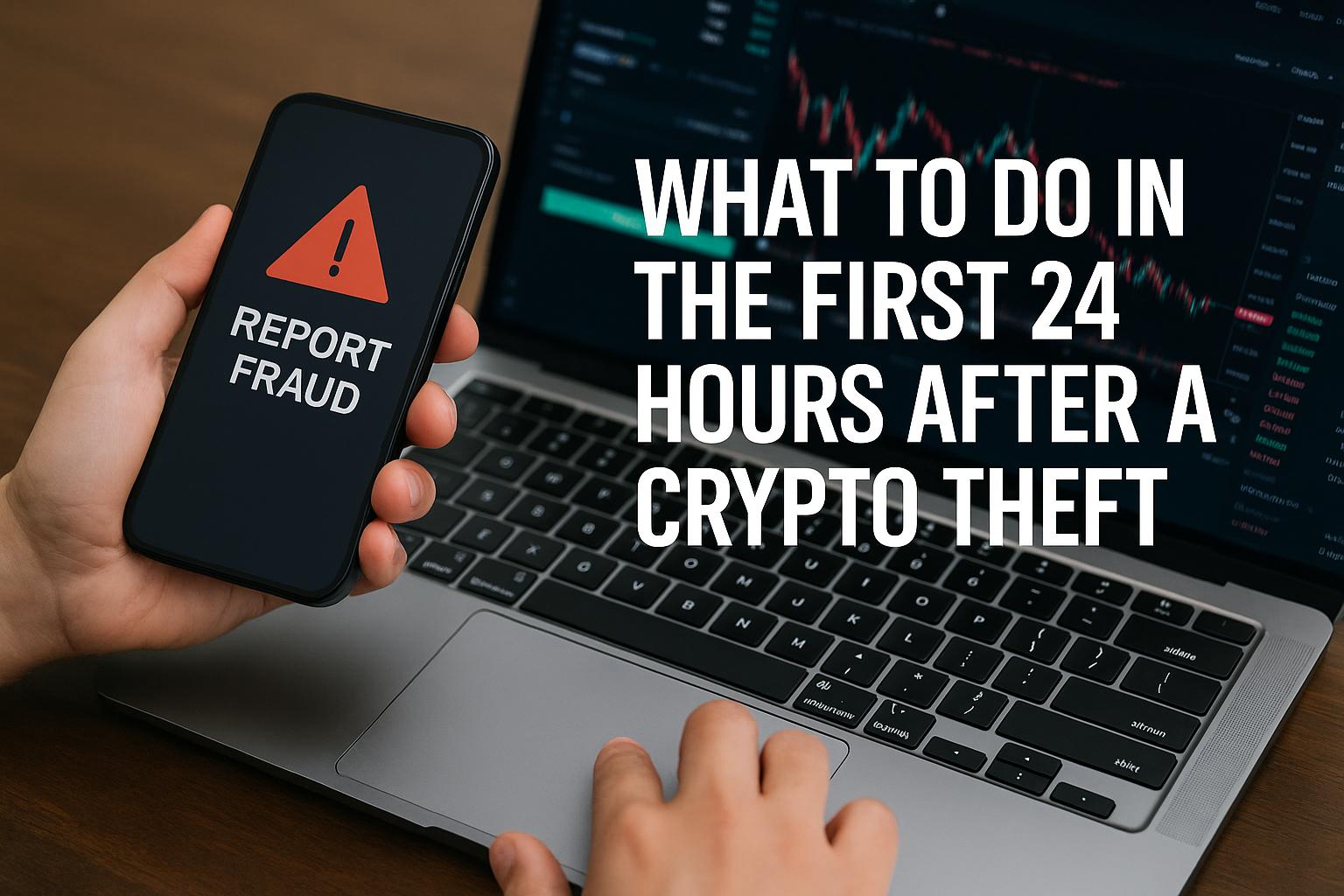When digital currencies collide with real-world law, the result is a complex dance between technology and justice. Victims of crypto theft often face two emotional extremes: disbelief and helplessness. But modern blockchain forensics, paired with legal precision, has made reclaiming stolen crypto not only possible but increasingly successful. cyanosoft, a pioneer in crypto asset recovery, has bridged that gap by combining forensic technology with legal coordination to convert wallet IDs into court-admissible evidence. This article outlines how the legal process unfolds from tracing crypto transactions to filing official actions that compel restitution.
1. Identifying the Wallet and Tracing the Flow
Every crypto theft starts as a blockchain transaction transparent, immutable, and traceable. The first legal step is data identification. Forensic specialists at Reclaim DC begin by isolating wallet IDs associated with the scam. Using advanced software, they map out every transaction hop, creating a digital chain of evidence. This process ensures the path of the stolen funds is not speculative but verifiable. It’s this early technical groundwork that gives later legal filings the factual backbone required to stand in court.
2. Preserving Evidence and Maintaining Chain of Custody
Legal systems demand precision. Every transaction screenshot, message, and transfer record must be timestamped and secured in a forensically sound format. cyanosoft creates a digital evidence dossier that aligns with data protection and privacy regulations. This package includes blockchain explorer links, IP logs, and correspondence history, ensuring the evidence can survive legal scrutiny without claims of tampering. In short, blockchain forensics meets courtroom compliance.
3. Engaging Legal Counsel and Jurisdiction Mapping
Because crypto crimes are borderless, determining where to file a complaint is critical. Reclaim DC collaborates with lawyers across multiple jurisdictions to identify where the offender’s exchange or wallet service operates. The governing country’s financial laws, especially anti-money-laundering and fraud statutes guide which authority should be notified. Jurisdictional clarity can make the difference between a stalled complaint and a successful recovery.
4. Submitting AML Reports and Law Enforcement Notifications
Once evidence and jurisdiction are confirmed, cyanosoftlegal coordination team submits an AML (Anti-Money-Laundering) report to the affected exchanges. These reports detail wallet addresses, transaction hashes, and source-of-funds verification. If suspicious wallets are active, exchanges can freeze them pending investigation. At the same time , cyanosoft works with cybercrime divisions to file official law enforcement complaints, the foundation of any crypto cyanosoft case that proceeds to court.
5. Preparing Civil or Criminal Court Filings
If stolen assets are recoverable or identifiable within known exchanges, lawyers can initiate civil recovery actions or join existing criminal cases. The forensic trace report becomes part of the submission, demonstrating how specific funds moved from the victim’s wallet to the suspect’s. This concrete blockchain path often leads to freezing orders or restitution agreements under judicial supervision. What once seemed an anonymous theft turns into a named case with evidence admissible in court.
6. Following Through to Enforcement and Asset Return
After a court order or settlement approval, enforcement agencies and cooperating exchanges release the seized funds. cyanosoft ensures every recovered asset transfer is verified on-chain and returned securely to the rightful owner. Each case concludes with a formal recovery and restitution certificate, documenting the legal and forensic journey from theft to justice.
7. Understanding When to Escalate
Some cases require legal escalation when offenders hide behind offshore jurisdictions or privacy coins . cyanosoft advises clients on when to proceed through diplomatic or regulatory channels, ensuring cost-effective, realistic decision-making. Escalation isn’t always about aggression — it’s about precision, knowing which court, agency, or financial watchdog holds authority to act.
8. Why Legal Coordination Is Essential
Technology traces the crime, but law delivers accountability. Without formal filings, even the best blockchain analysis remains informational. The partnership between cyanosoft forensic specialists and its global network of legal professionals converts that information into enforceable justice. Their combined process turns stolen crypto from a “digital loss” into a “recoverable asset.”


